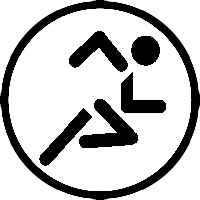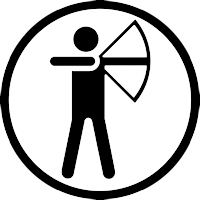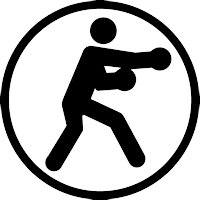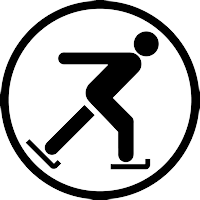Q
"Hi Charles,
I enjoyed the lesson.
I would like to see you for more lessons but I need a week or so before I can commit to any further dates.
I’d also like to get your opinion on purchasing a bow. It would be great to have to teach me on my own."
Warmly,
Rachel P.
A
Hey Rachel!
Well, since I know you want to get into bowhunting I am going to make a rather specific recommendation:
Get two sets of limbs when you buy your bow
One set 25 lbs, the other set 35 lbs. The purpose here is so you can practice with the 25 lbs and build your accuracy and form, and then whenever you want to build strength you can switch to the 35 lb limbs.
Ontario Laws wise, you need a minimum 39.7 lbs (18 kg) at 28 inches for deer and 48.5 lbs (22 kg) at 28 inches for elk, moose or black bear.
However there is a problem. You have a shorter draw distance, closer to 26 inches. This means you will likely need 45 lbs or 55 lbs respectively for hunting those types of game, to make up the difference for your shorter draw.
You will be able to pull that poundage eventually and hold it, but like weightlifting you want to follow a gradual process. The bow you were shooting yesterday was 18 lbs at 28 inches draw. So 25 lbs vs 18 lbs will still be a step up from what you were doing yesterday, and 35 lbs is for the days when you want to building muscle faster. The problem with many beginner archers / would-be hunters is that they often try to go straight to the higher poundage bow, without going through the whole gradual process of building up strength. Think of it like dumbbells. People don't go straight to the 40 lb dumbbells and use them constantly, they get bored and tired too quickly while doing that. You want to practice with 20 lbs, 30 lbs and build up to 40 lbs so you are using proper form. (It is amazing how often amateur weightlifters cannot do a simple bicep curl properly, often sticking their elbows out on an angle and lifting partially with their shoulders.)
Some people prefer to do an even more gradual process. 25 lbs, 30 lbs, 35 lbs, 40 lbs, etc. However in my experience the 5 lb difference is barely noticeable. An extra 10 lbs is more of a shock in power and that builds muscle faster. Alternating between two or three poundages gives the muscles a chance to relax while still shocking them regularly.
Note - You might decide you are not ready to commit to having two sets of limbs yet, in which case just get the 25 lb limbs for now. You can always go back later and get more powerful limbs when you feel you are ready to make that step.
Building Accuracy First
With archery it is also really important to be building accuracy first before attempting to build muscle. Accuracy matters most of all and that requires good form. The problem with higher poundages it is becomes more difficult for people to maintain good form and people will often botch a shot because they cannot hold it steady.
Once an archer has developed good accuracy then they can switch to higher poundages and go through the gradual process of building strength, shocking the muscles repeatedly, switching back and forth between poundages regularly. It is also beneficial to have a 2nd set of limbs for "off days" when the archer is feeling tired, hungry, distracted, distressed and just wants a more relaxing shoot.
What To Get
The Samick Sage is the bow I typically recommend. Ask for 25 lb and 35 lb limbs. Make sure it is a RH model.
If you want to look at other brands / models, check out http://www.cardiotrek.ca/2016/09/recurve-bows-brands-and-models.html
You will also want the following:
Archery shooting glove - Make sure you get the correct size that fits your hand.
Arrows x 12 - Make sure you get arrows that have screw in arrowheads. Do not get the glue in arrowheads (they break too easily).
Arrowheads x 12 - 125 grains each.
Arrowrest - Either a traditional Bear faux fur rest or a more modern arrowrest, eg. Flipper. Ask them to install it for you.
Bowstring Wax
Bowstringer
Nock Bead - Ask them to install it for you on the bowstring. If not, I can show you how it is done.
The store I recommend most is Tent City because they have the best prices and good selection (and if they do not have it then they can order it). Expect to be spending about $350 if you are shopping at Tent City. It will be closer to $400 / $450 at other locations.
TENT CITY
Address: 1600 Steeles W, Concord, ON L4K 4M2
Phone: (905) 660-6885
Hours:
Sunday Closed
Monday 10:00 am – 6:00 pm
Tuesday 10:00 am – 6:00 pm
Wednesday 10:00 am – 6:00 pm
Thursday 10:00 am – 9:00 pm
Friday 10:00 am – 9:00 pm
Saturday 10:00 am – 5:00 pm
Hours of other locations are listed on http://www.archerytoronto.ca/Archery-Equipment-in-Toronto.html
If you have any questions feel free to ask. Have a good weekend!
Sincerely,
Charles Moffat
CardioTrek.ca






































